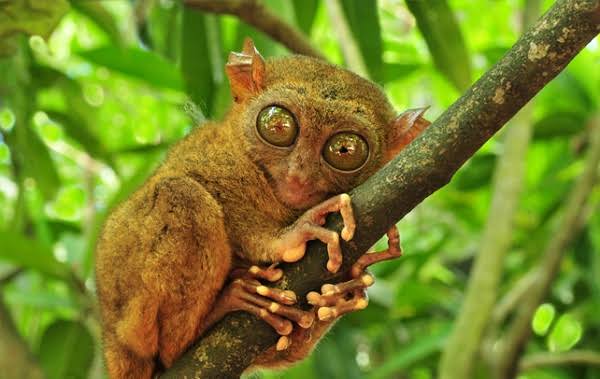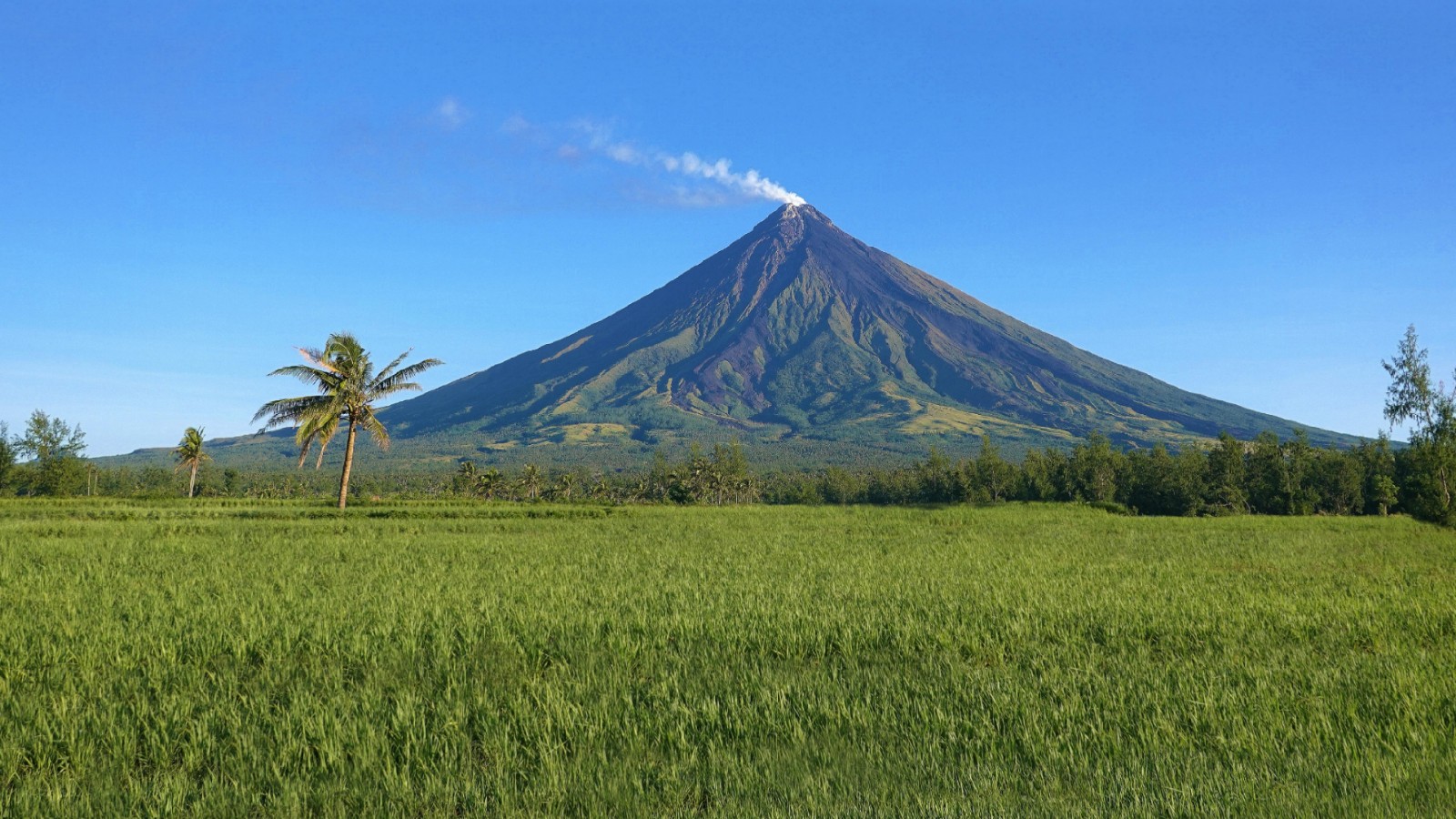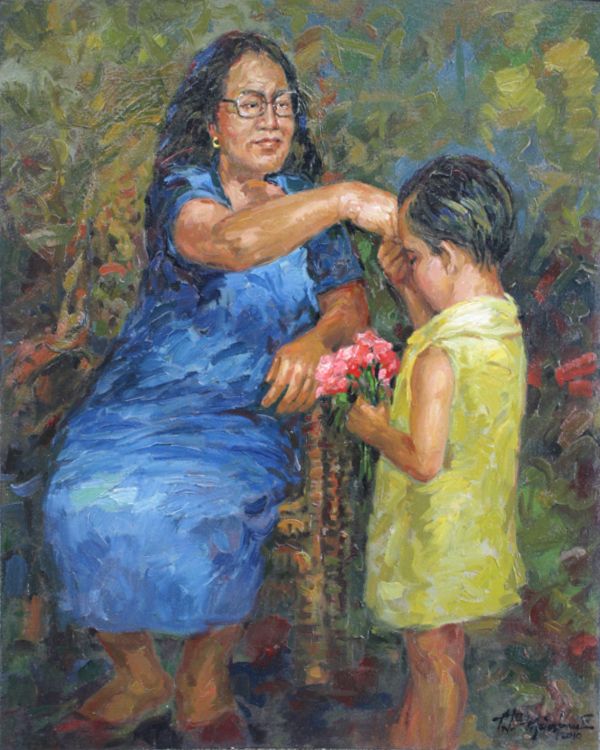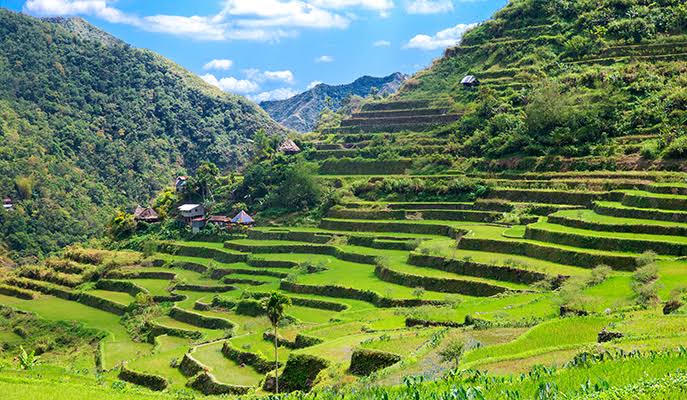The people of Sagada follow a unique burial ritual. The elderly carve their own coffins out of hollowed logs. If they are too weak or ill, their families prepare their coffins instead. The dead are placed inside their coffins (sometimes breaking their bones in the process of fitting them in), and the coffins are brought to a cave for burial.
Instead of being placed into the ground, the coffins are hung either inside the cave or on the face of the cliffs, near the hanging coffins of their ancestors.
The reason the coffins were hang was due to the belief that the higher the dead were placed, the greater chance of their spirits reaching a higher nature in the afterlife.
#Facts
#Philippines
#ProjectPHDbyJED
#SoMeePh
#PhilippineCulture
#PhilippineTradition
#HivePh
Instead of being placed into the ground, the coffins are hung either inside the cave or on the face of the cliffs, near the hanging coffins of their ancestors.
The reason the coffins were hang was due to the belief that the higher the dead were placed, the greater chance of their spirits reaching a higher nature in the afterlife.
#Facts
#Philippines
#ProjectPHDbyJED
#SoMeePh
#PhilippineCulture
#PhilippineTradition
#HivePh
The people of Sagada follow a unique burial ritual. The elderly carve their own coffins out of hollowed logs. If they are too weak or ill, their families prepare their coffins instead. The dead are placed inside their coffins (sometimes breaking their bones in the process of fitting them in), and the coffins are brought to a cave for burial.
Instead of being placed into the ground, the coffins are hung either inside the cave or on the face of the cliffs, near the hanging coffins of their ancestors.
The reason the coffins were hang was due to the belief that the higher the dead were placed, the greater chance of their spirits reaching a higher nature in the afterlife.
#Facts
#Philippines
#ProjectPHDbyJED
#SoMeePh
#PhilippineCulture
#PhilippineTradition
#HivePh









